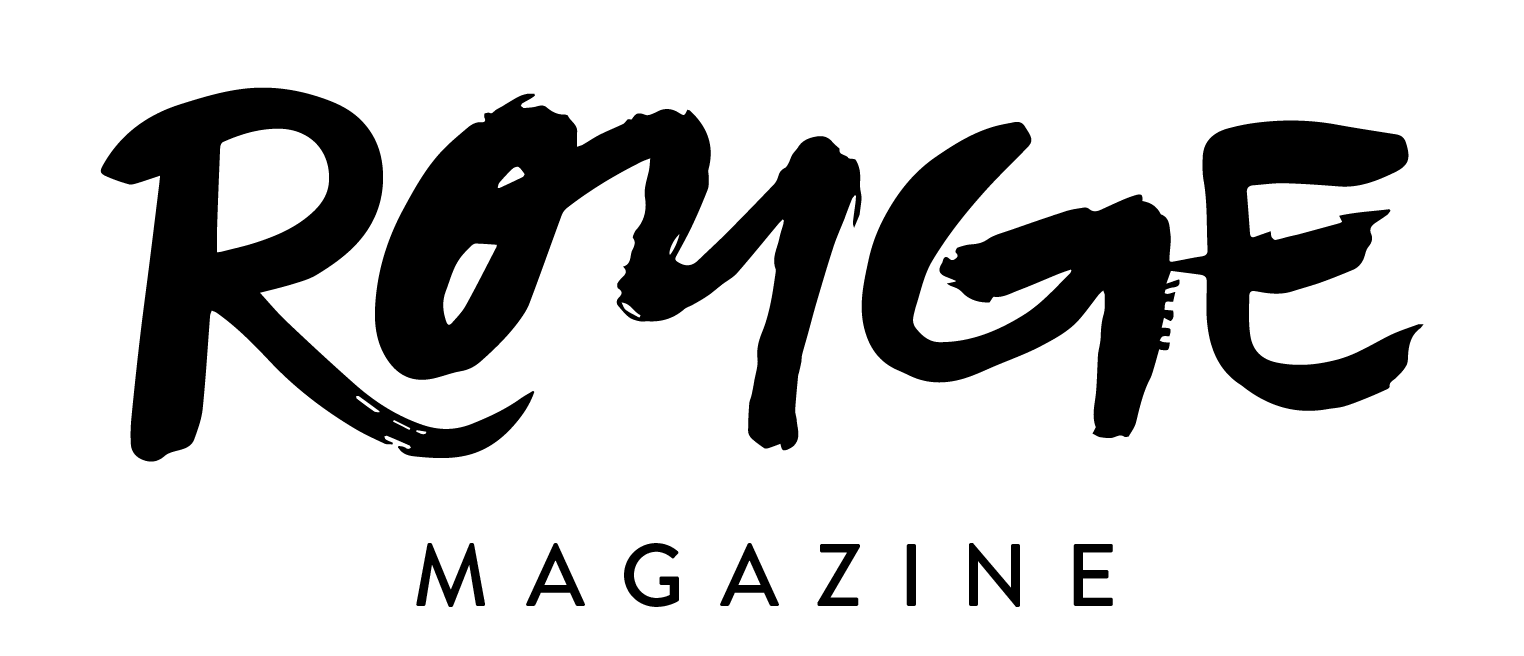Let’s Get Physical: 80’s Fitness Fashion Parallels to the Present
The 1980s were infamous for their experimentation and bold choices in fashion. The use of neon, metallic fabrics, and avant-garde silhouettes are a stark contrast from the previous decade’s garments. As exercise became a popular trend, so did the style that accompanied it. Thus came the birth of 80’s fitness fashion. The fitness craze of the decade catalyzed the popularity of the neon leotard, leg warmers, and lycra. The Decade of Decadence set the stage for athletic fashions to be styled as daily wear in the upcoming decades.
Photo/Pinterest
The cuts, styles, and overall aesthetics of 80’s fitness fashion were transformative for this era and reflected a new desire and segment for fashion itself. One garment that generally comes first to mind is the leotard; and it all started with an aerobics instructor named Gilda Marx. Marx sought after a better design that encouraged her students to exercise and feel good about themselves while doing so. All leotards prior to her intervention had been made of natural fiber blends that simply did not support or fit properly to the body. Thus, DuPont’s new synthetic invention, Lycra, would become essential for the 80’s leotard’s success. In 1975, Marx began experimenting with lycra in her own home and thus came the birth of the Flexatard. Later, model Debbie Moore worked alongside DuPont to create a cotton and Lycra blend, a more breathable version for leotards. Designers everywhere started to design their own line of leotards and dancewear; selling skirts, tops, and shorts that allowed functionality in the workout studio, yet an edgy style outside of it. The utilization of Lycra in all types of garments became the standard for everyday lounge and sport wear in the 80’s (Friedman, 2023).
Photo/Pinterest
With the acceptance of the new lycra leotard and designers catering to consumers' desire towards fitness fashion, the form fitting leotard, tights, and off the shoulder sweatshirts became common streetwear. Anthropologist Kaori O’Connor commented that “Lycra became the second skin for a new life in which self-confidence would be rooted in women and their bodies, not in rules, dress codes, wearing clothes that were 'appropriate' for age or social status.” It was not just Lycra leotards that allowed men and women the functionality and confidence for exercise, but the fitness aesthetic as a whole fostering freedom and flexibility inspired by a new style. Since the pandemic in 2020, individuals have embraced athletic wear as the usual. Even vibrant colors and patterns, much like the 80’s, have been incorporated into tennis skirts, dresses, and popular athletic shorts from brands like Free People and LuluLemon.
Photo/Pinterest
The 1980’s workout wear came in all shades of bright colors, specifically neon. The blinding colors of highlighter yellow, hot pink, and sunset orange, typical of Jazzercise attire, marked a vibrant shift from the darker tones of the 70s. Minimalism shifted to maximalism moving into the 80s, encouraging striking colors and pieces to exemplify the new era of technological and textile advancement (Aiyappa, 2021). Looking to the present, this parallels how individuals recently switched from minimalism to “dressing for joy” in ultra bright colors and flashy textiles. Otherwise known as “dopamine dressing”. This style trend lets fashion enthusiasts choose pieces that express their mood and the spirit of the times, bringing bold silhouettes and vibrant colors back into play.
With the rise of the fitness craze and the fashion that followed, celebrities joined in on the trend. Flashdance was one of the first movies in entertainment to influence the fitness craze in the media. Jennifer Beals was iconic for donning the gray cut off sweatshirt with red pumps. Jane Fonda was the biggest star in producing workout tapes and is known for her eccentric workout outfits and high energy routines. Fonda could be seen sporting burgundy leg warmers, an electric blue leotard, and black tights in numerous combinations in athletic uniforms. These workout enthusiasts link to the current popularity of creators on YouTube producing their own workout videos and routines. Users such as Chloe Ting and Yoga with Adrienne have become influencers in the exercise realm, and their workout sets have been deemed just as fashionable.
Photo/Pinterest
Photo/Pinterest
Concisely, the 1908s fitness fashion inspired by the fitness craze of the decade yielded some of the most iconic looks of the century. Thanks to women like Gilda Marx, both women and men were allowed flexibility, comfort, and style for all physical activities. Their craving for breathable, stylish athleisure mirrors today's demand for versatile sports and lounge wear. We can thank the '80s for pioneering functional, savvy athleisure—though let’s hope thong leotards and terry-cloth sweatbands stay in the past!
Photo/Pinterest
Sources
Aiyappa, S. (2021b, July 8). How did the neon trend begin?. Medium. https://medium.com/the101times/how-did-the-neon-trend-begin-a6fe4f409f06
Friedman, D. (2023, July 11). How the ’80s leotard set the stage for your yoga pants. InStyle. https://www.instyle.com/fashion/clothing/vintage-workout-wear-history
Palumbo, J. (2021, February 26). Remember when Jane Fonda became the queen of 1980s at-home exercise?. CNN. https://www.cnn.com/style/article/jane-fonda-workout-remember-when/index.html
Graphic by Sydney Grove






